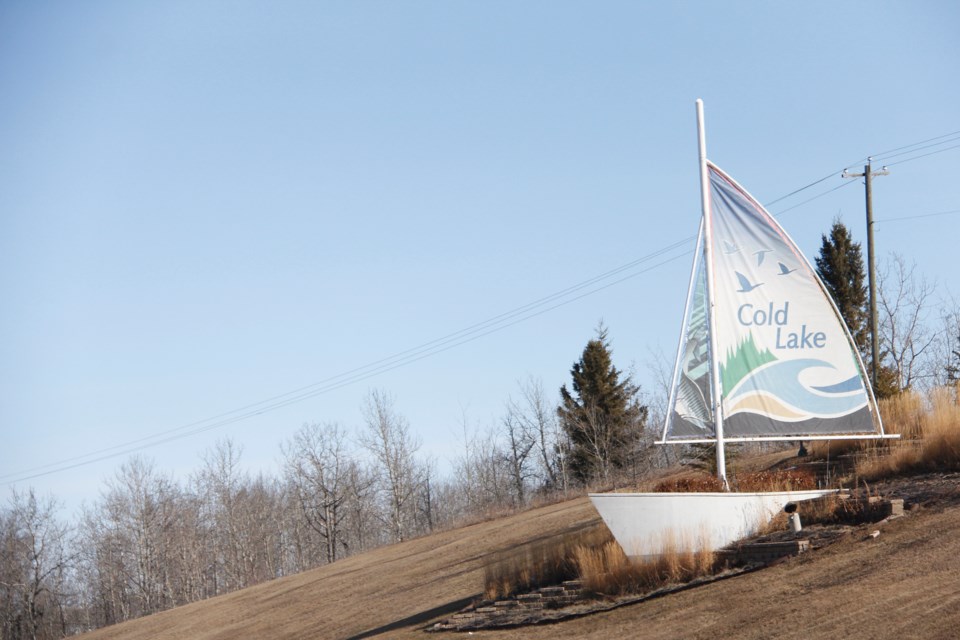COLD LAKE - Residents and business owners may not see much of a change when it comes to their tax rates this year.
City council agreed to keep tax rates as close as possible to last year, while still incurring enough dollars to balance the budget.
The tax rate bylaw for 2021 passed first reading during council's May 11 meeting. It included a .08 per cent tax increase.
Kristy Isert, general manager of corporate services, said the .08 per cent is “to generate a sufficient tax revenue as budgeted in the 2021 budget.”
Mayor Craig Copeland said, “Over the years, our attitude on taxes is to treat everyone for the tax increase proportionately, so if we’re going to do one per cent we’re going to do downtown commercial one per cent, multi-family one per cent, and residential one per cent. That’s been our format over the years."
The city's operating budget for this year was approved at just under $54 million. It included a transfer of roughly $9.2 million to capital. Over $33 million of revenue is generated through sales and user charges, government transfers such as ID 349, penalties, franchise agreements, investment income, and rentals, among others.
“The city needs to generate $20.6 million from municipal taxation to balance the 2021 budget.” Isert detailed.
The municipal residential mill rate for 2021 is 8.8555, while the multi-family residential is set just a bit higher at 8.9470, and non-residential is 12.7975.
For the property owners within Cold Lake's annexed areas, their mill rates will be based off of the MD of Bonnyville's, unless the city's tax rate is lower, as per the annexation agreement. That means residential properties will see a 2.7663 mill rate, farm owners are set at five, and non-residential will rely on the city's 12.7975 mill rate.
“Some municipalities leave the mill rate alone and if assessments rise, which happened during the go-go years when houses were really going up, some residents were saying their taxes went up significantly, that’s because the house was a higher value and the mill rate stayed the same instead of dropping the mill rate. What we’re doing now, is as everyone’s assessments are going down this year, we had to raise the mill rate up,” stated Copeland.
Assessments are down
Overall, assessments across the municipality are down.
“I did want to note that the city’s total taxable assessment has decreased by $103 million when compared to 2020,” noted Isert.
The city's total assessment is just over $2 billion, $1.4 billion in residential, $66.9 million multi-family residential, $574 million in non-residential, and $166,300 in farmland. Machinery and equipment came in at $550,150, while annexed residential is over $5 million, annexed farmland is $131,340, and annexed non-residential is roughly $977,000.
“The mill rates can be reflective of the house assessment. For example, in Canmore, you will see a residential mill rate that’s really low because the average residential house is so expensive,” Copeland explained. “We have 4,522 homes or residential properties, you divide that by your assessed value of $1.19 billion, and it gives you an average house value of $280,000."
For the fifth consecutive year, the education property tax requisition is on a decline for the city.
"That's because the city’s equalized assessment has decreased at a rate higher than the rest of the province,” Isert explained.
She added, the Lakeland seniors requisition also dipped this year "due to the completion of the seniors' lodges in Cold Lake and Bonnyville."
ID 349
“The operating budget did include $16.028 million budgeted for ID 349. The amount that was received in December was $15.374 million, so considerably less, with $1.4 million held back because there’s still two outstanding assessment appeals... and those are linear assessment appeals,” Isert outlined. “In May 2021, the city did receive $5 million in funds from ID 349 and that included any reserve funding and surpluses that were related to ID 349 from between 2012 and 2017. The reason that was received is because as of April 2021 the new revenue sharing agreement and funding formula going forward is applicable."
Of the $5 million that was received, $2 million was used to cover the shortfall from 2020 with an estimated excess of roughly $3 million.
"Consideration will be brought back to council once the assessment appeals that are outstanding from ID 349 are concluded and we know exactly how much funding the city will be receiving,” said Isert.
With the city setting their tax rate at essentially zero, CAO Kevin Nagoya explained the municipality will likely collect the same amount of tax dollars in 2021 as they did in 2020.
According to Nagoya, if your house went down in assessment by six per cent, your taxes should remain unchanged.
Other options were presented to council, such as not increasing taxes at all. That would result in a shortfall of about $15,792.
The tax rate bylaw passed first reading and will be brought back at a future council meeting for further discussion.



